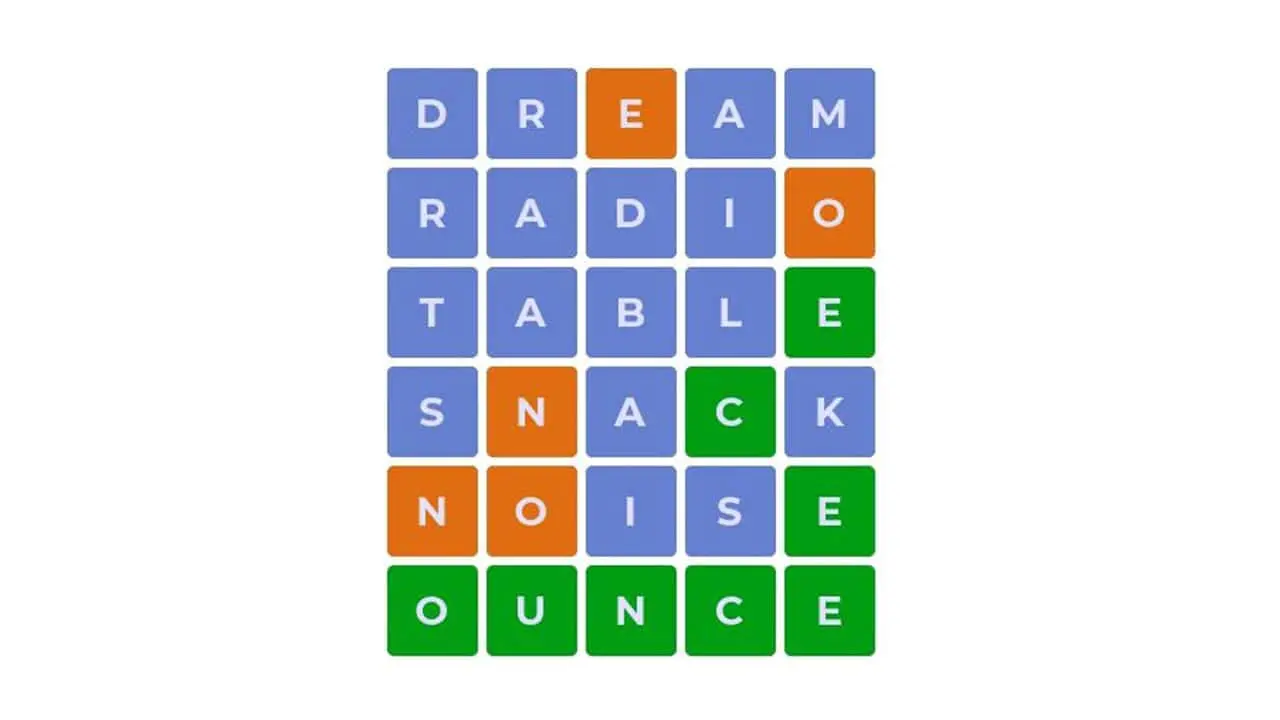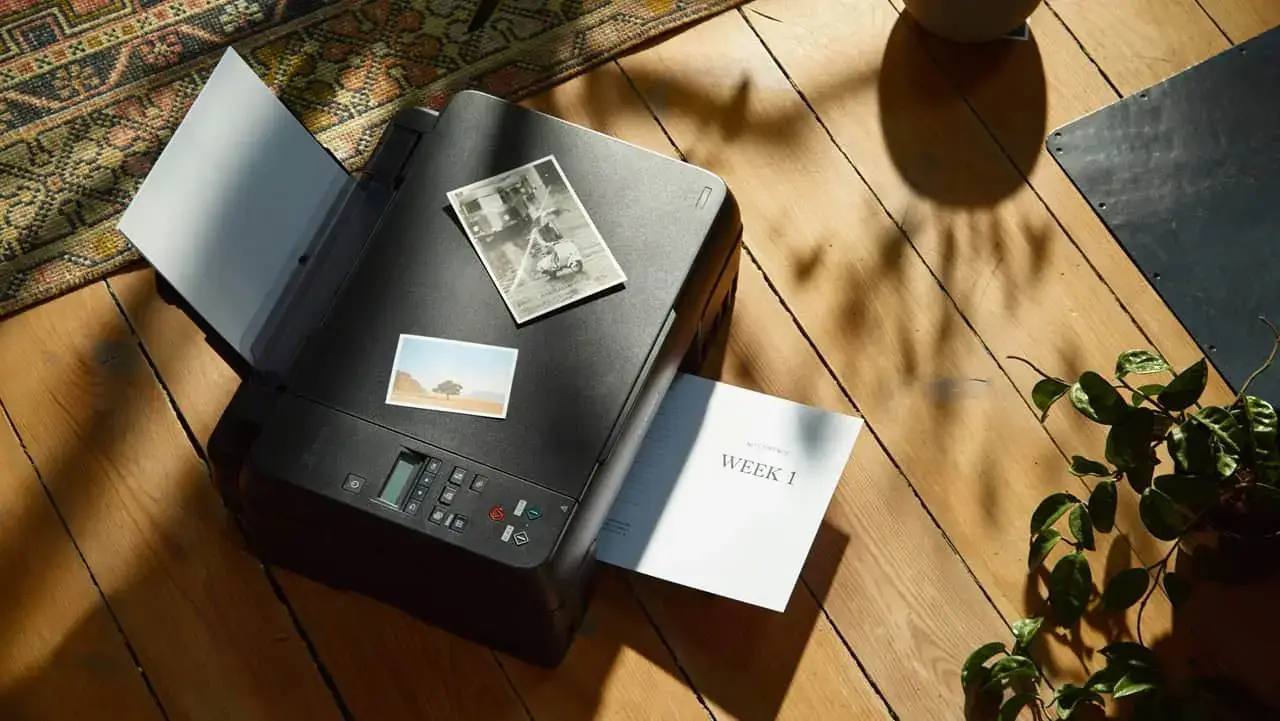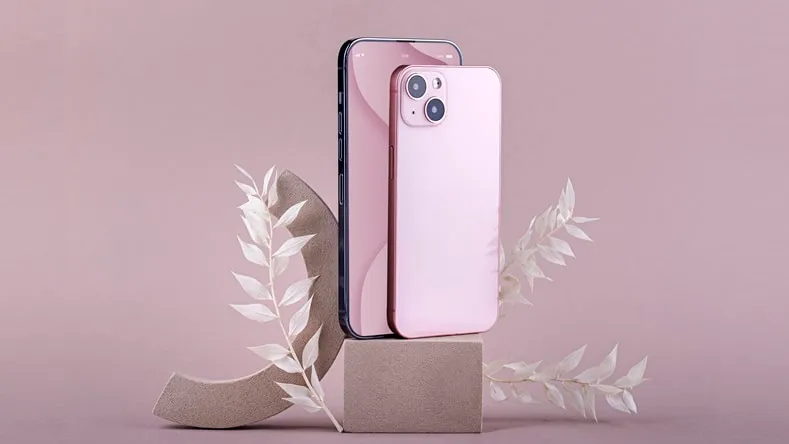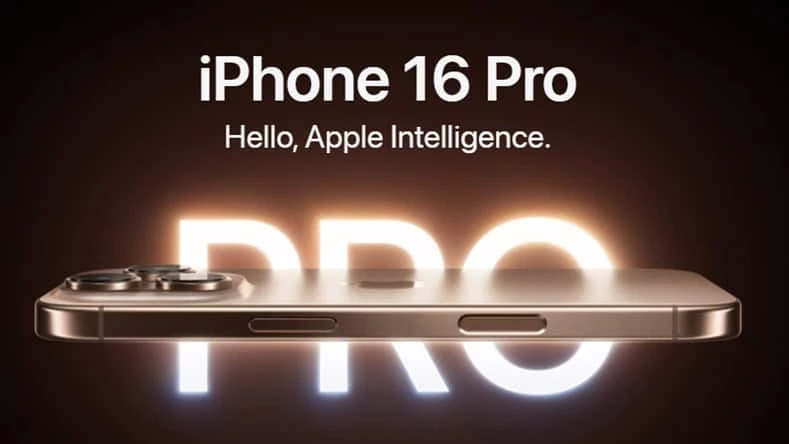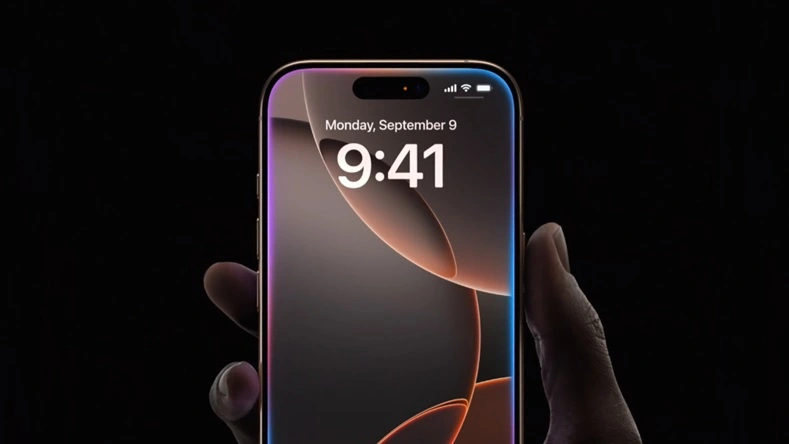
Is iPhone 17 Waterproof? What to Expect Based on Apple’s Trends
As technology continues to evolve, one question that often surfaces among tech enthusiasts and everyday users alike is, “Is iPhone 17 waterproof?” Given Apple’s consistent naming pattern, it’s a fair assumption that their next iPhone will be called the iPhone 17. But what can we expect regarding its water resistance features? In this article, we will delve into Apple’s history with iPhone models, explore the waterproof capabilities of previous iPhones, and make educated predictions about what the iPhone 17 might offer.
Understanding Apple’s Naming Pattern and History
Apple has established a clear pattern when it comes to naming their iPhones. For several years now, each new model is designated by a sequential number: iPhone 12, iPhone 13, iPhone 14, iPhone 15, and iPhone 16. This consistent naming convention suggests that the next iPhone, following the iPhone 16, is likely to be named the iPhone 17. This pattern provides a predictable framework for understanding future releases, including their features and specifications.
Current Waterproof Standards in iPhones
When discussing whether the iPhone 17 will be waterproof, it’s essential to first understand the water resistance features of current iPhone models. The most recent iPhones, including the iPhone 15 and iPhone 16, come with an IP68 rating. This rating signifies that the phone is splash, water, and dust resistant. Specifically, an IP68 rating means the phone can withstand being submerged in water up to a depth of 6 meters for up to 30 minutes.
The IP68 rating is part of the IEC standard 60529, which is an international standard defining the levels of protection provided by enclosures of electrical equipment. The “IP” stands for “Ingress Protection,” and the two numbers following it indicate the level of protection against solids (like dust) and liquids (like water). For the iPhone, an IP68 rating represents a high level of protection against both.
What to Expect for iPhone 17
Given the trends and standards set by previous iPhone models, it’s reasonable to predict that the iPhone 17 will also feature an IP68 rating. Apple’s commitment to maintaining high standards for their devices means it’s unlikely that they would drop the water resistance feature in their next release. Instead, they might refine and enhance it, improving the phone’s durability even further.
Comparing iPhone 17 Predictions with Previous Models
To get a clearer picture of what the iPhone 17 might offer in terms of waterproofing, let’s take a look at the evolution of water resistance in previous iPhone models. The transition from the iPhone 7, which was not officially water-resistant, to the iPhone 8, which introduced an IP67 rating, marked a significant shift in Apple’s approach to device protection. The IP67 rating meant that the iPhone 8 could handle being submerged in up to 1 meter of water for up to 30 minutes.
The introduction of the IP68 rating with the iPhone XS and XR models brought enhanced protection. This rating allowed the phones to be submerged in water up to 2 meters deep for up to 30 minutes. As the years progressed, Apple maintained the IP68 standard but improved the devices’ resilience against water and dust. The iPhone 11, 12, 13, 14, 15, and 16 models all adhered to this high standard, with only minor adjustments in design and build.
Given this history, the iPhone 17 is expected to continue this trend of robust water resistance. While the IP68 rating is already quite comprehensive, Apple may enhance other aspects of water resistance, such as the phone’s ability to handle water exposure beyond the current depth and time limits.
Technological Innovations That Might Affect Water Resistance
Apple’s ongoing commitment to innovation means that the iPhone 17 might come with new technologies that could influence its waterproof capabilities. For instance, advancements in materials and design could lead to better sealing methods or more durable coatings that enhance the phone’s resistance to water and dust.
One area of potential improvement could be the use of advanced gaskets and seals. These components play a crucial role in preventing water from entering the device. Innovations in gasket technology could provide better protection against more extreme conditions. Additionally, improvements in the design of the phone’s internal components might make the device less susceptible to water damage, even if the external seals are compromised.
User Experience and Practical Considerations
For many users, understanding the practical implications of water resistance is as important as knowing the technical specifications. While the IP68 rating offers substantial protection, it’s important to remember that it doesn’t make the iPhone 17 entirely waterproof. The rating ensures that the device can handle accidental splashes and brief submersions, but it is not a guarantee that the phone will remain fully functional if exposed to water for extended periods or under extreme conditions.
Users should also be aware that water resistance can degrade over time due to wear and tear. As such, even with an IP68 rating, it’s a good idea to avoid intentionally exposing your phone to water. Over time, factors like drops, scratches, and general use can compromise the phone’s water-resistant features.
How Apple’s Focus on Design Influences Waterproofing
Apple’s focus on sleek and innovative design has always been a hallmark of their products. This design philosophy can both support and challenge the company’s efforts in water resistance. On one hand, Apple’s commitment to creating thin and elegant devices often requires careful engineering to maintain protection against water and dust. On the other hand, these design choices can sometimes limit the effectiveness of water-resistant features.
For the iPhone 17, Apple will likely need to strike a balance between maintaining its signature design aesthetics and ensuring that the phone remains highly resistant to water and dust. This challenge might lead to new design solutions that enhance durability while preserving the phone’s sleek look and feel.
Looking Forward: Future Trends and Expectations
As we look ahead to the iPhone 17, it’s clear that water resistance will remain a critical feature for Apple’s flagship device. The company’s track record suggests that they will continue to meet or exceed current standards, ensuring that the iPhone 17 will offer robust protection against water and dust.
In addition to maintaining the IP68 rating, Apple may explore new technologies and materials to enhance the phone’s resilience. This could involve advancements in sealant technology, better internal component protection, and improved overall durability.
Conclusion: Is iPhone 17 Waterproof?
To sum up, while the iPhone 17 is expected to follow in the footsteps of its predecessors with an IP68 rating, offering splash, water, and dust resistance, it’s crucial to remember that this doesn’t make the phone entirely waterproof. The IP68 rating ensures that the phone can handle brief submersions in water up to 6 meters deep for up to 30 minutes, but it’s still important to exercise caution and avoid prolonged or extreme water exposure.
Apple’s history of improving and refining its devices suggests that the iPhone 17 will not only continue to meet the high standards set by previous models but may also introduce new features and technologies to enhance its water resistance. As always, staying informed about your device’s capabilities and limitations will help you make the most of its features and keep it in top condition.

